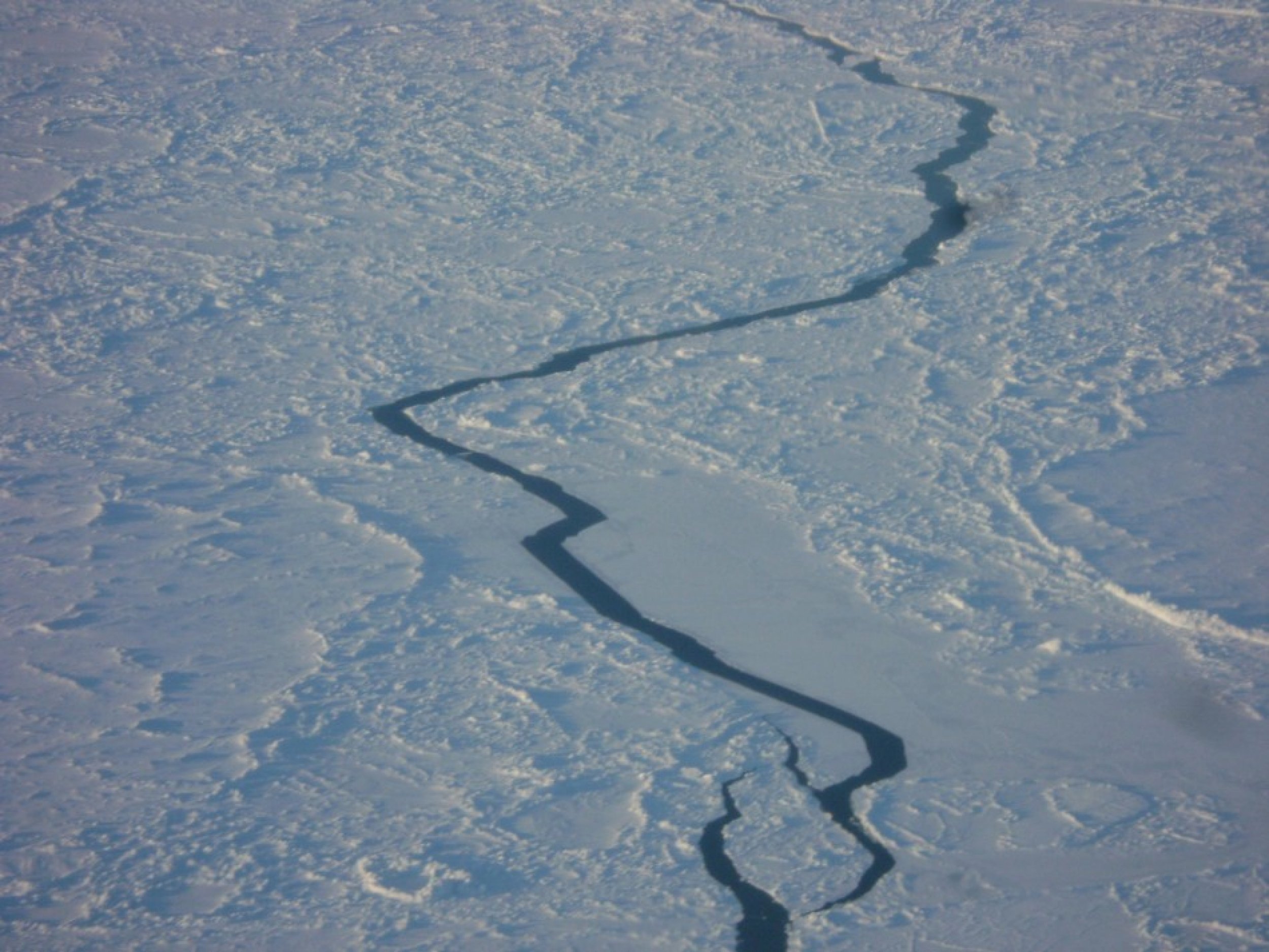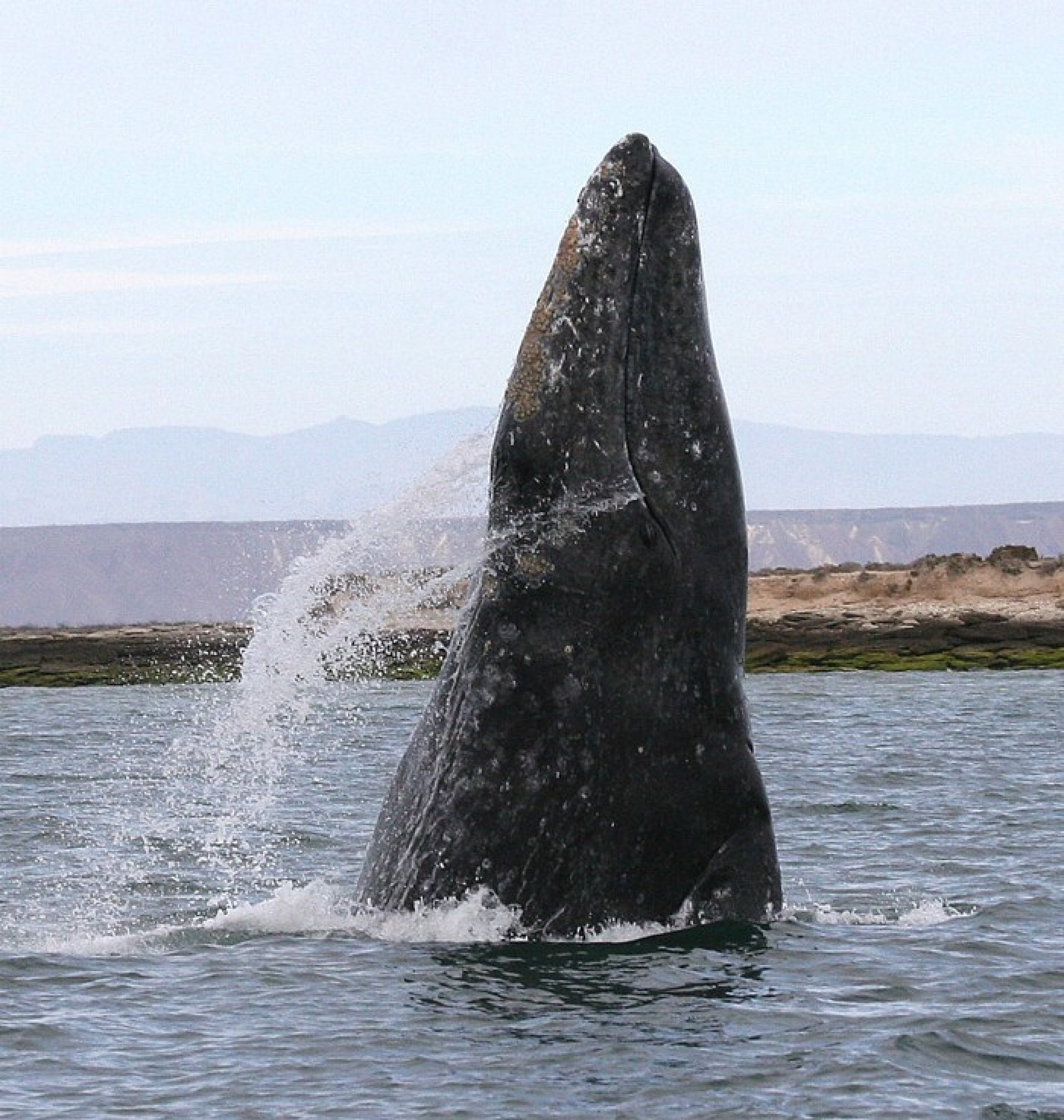Global warming reintroduces gray whale, algae species to Northern Atlantic
Just decades ago, the gray whale hasn't strayed to the Northern Atlantic since the 18th century. The Neodenticula seminae, a species of algae, hasn't been there in 800,000 years. Now, members of both species have been spotted in the Northern Atlantic.
Scientists believe the accelerated melting of the earth's polar caps due to global warming over the last few decades is responsible for the reintroductions.
The melting opened up what is known as the Northwest Passage, a (relatively short) ocean route through the Arctic Ocean that connects the Atlantic Ocean to the Pacific Ocean.
Throughout the ages, mankind has sought to navigate and use it as a quick trade route between Asia and Europe. However, their efforts have been historically hampered by the frozen waters of the Arctic Ocean. Then, in 2009, the European Space Agency (ESA) declared the existence of an instance during which the passage was fully cleared of ice. This was a first occurance since records began.
Previously, about 100 ships had made the Northwest Passage voyage. However, they were subject to severe delays and had to break the ice at times. Now, with less ice in the Arctic Ocean, the trip is quicker and easier.
Mankind has taken advantage of this opening by shuttling through more commercial and recreational vessels. It seems ocean creatures have started to take advantage as well.
But how and why did the two species make the journey?
The whale likely followed its food sources and simply found itself in the Northern Atlantic. The algae likely drifted with the ocean currents that flowed through the newly-opened Northwest Passage.
The natural ways in which these two ocean species arrived in the Northern Atlantic raises the possibly that many more species will follow their examples.
The (re)introduction of a species into any ecosystem is a potentially disruptive phenomenon. As such, the Climate Change and European Marine Ecosystem Research, a consortium of institutes from 10 European countries, is collecting data and keep tabs on this movement.



© Copyright IBTimes 2025. All rights reserved.





















